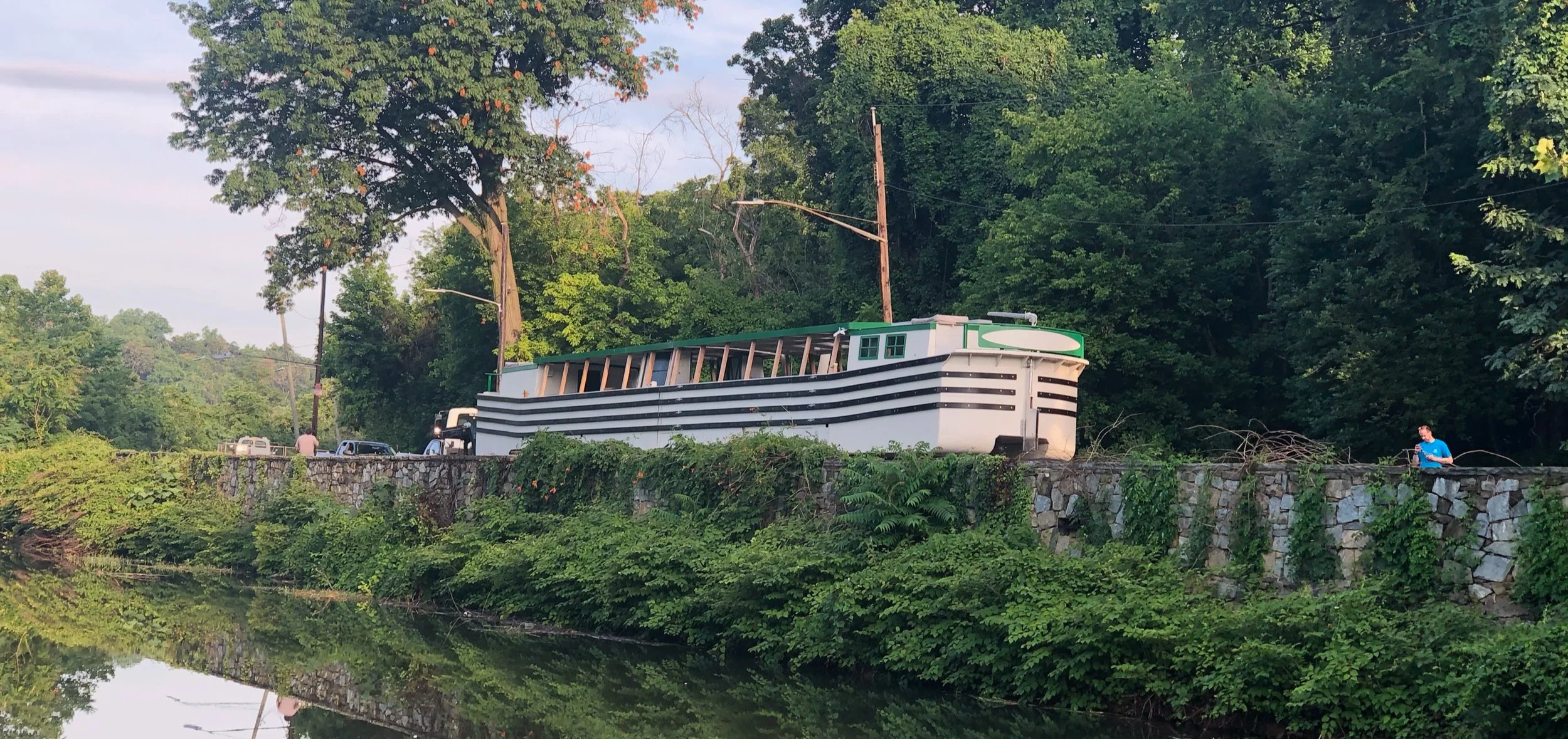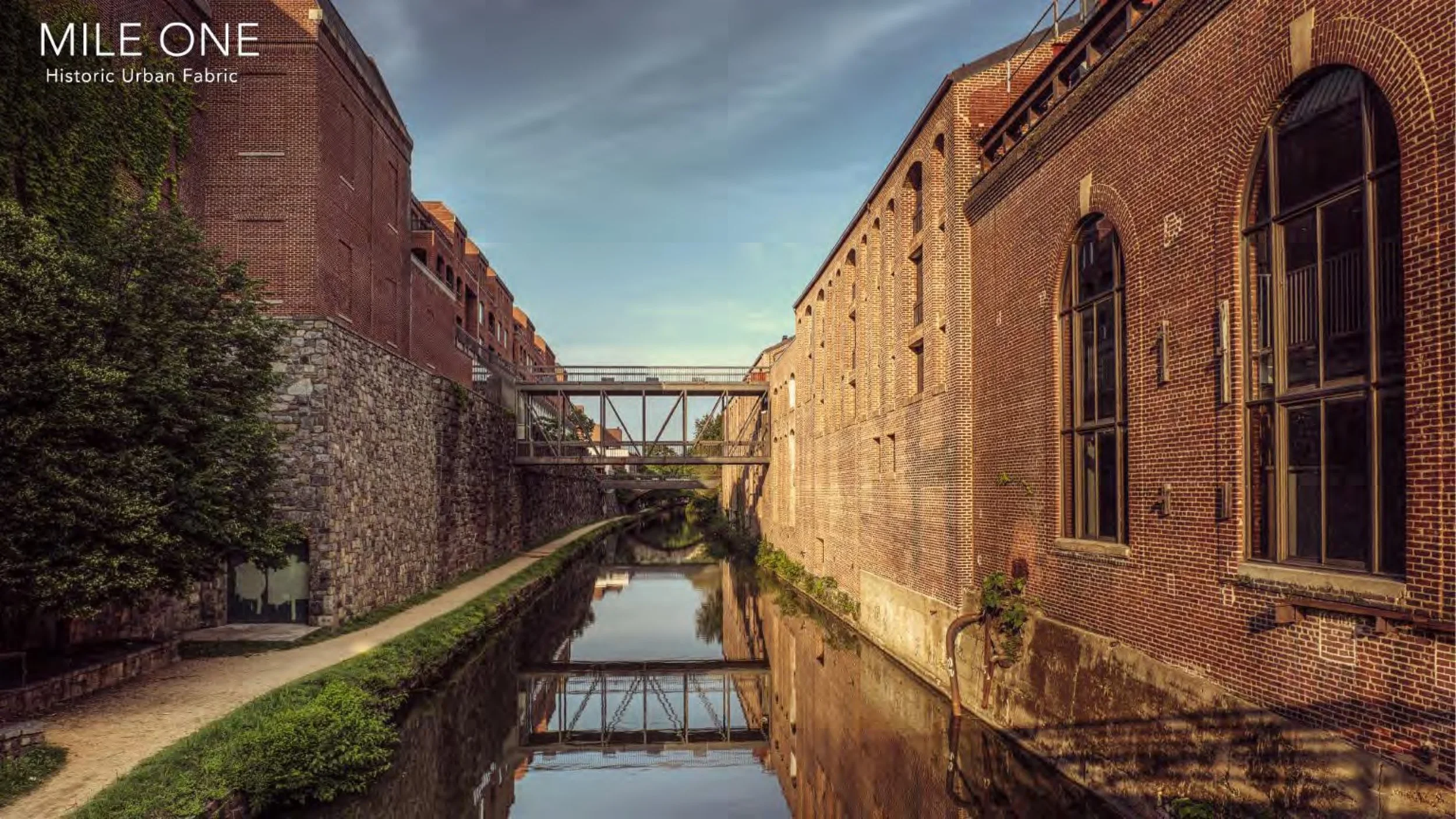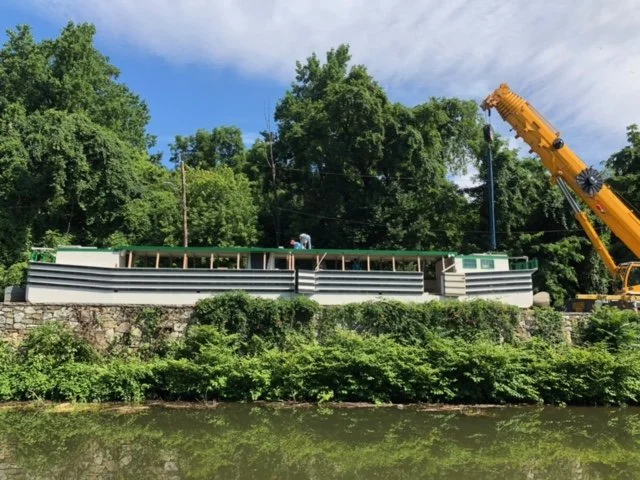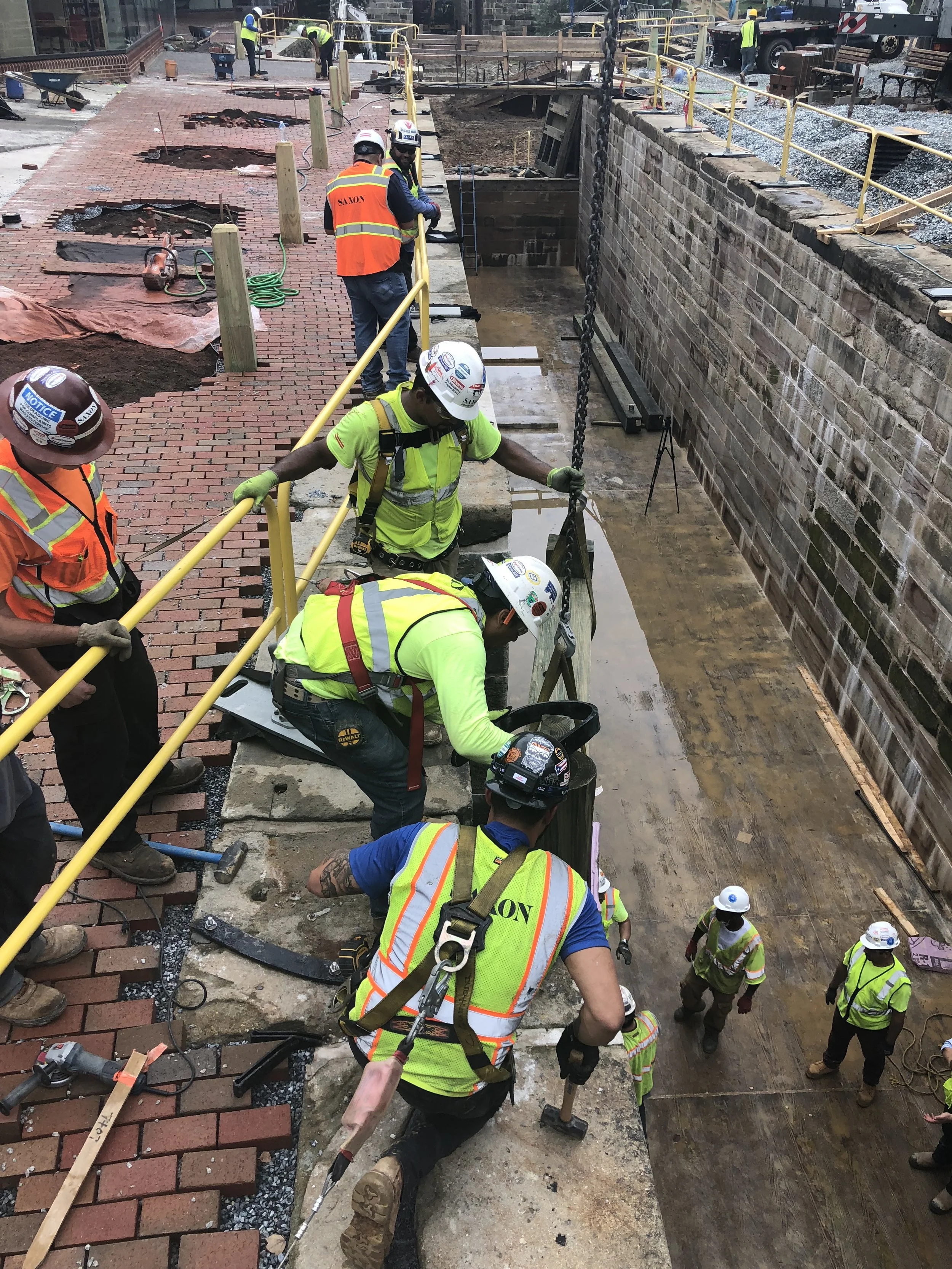
Projects
Georgetown Heritage Projects
2014 - 2024
-
Canal Boat
With funding from the DC government, Georgetown Heritage brought a canal boat back to Georgetown after a decade.
-
Georgetown Canal Plan
A comprehensive plan to revitalize and reimagine the canal in Georgetown created In 2017 by Georgetown Heritage, in partnership with the NPS, the Georgetown BID, and the DC government.

-
Canal Infrastructure
Since 2014 Georgetown Heritage has helped spur major investments into canal infrastructure


